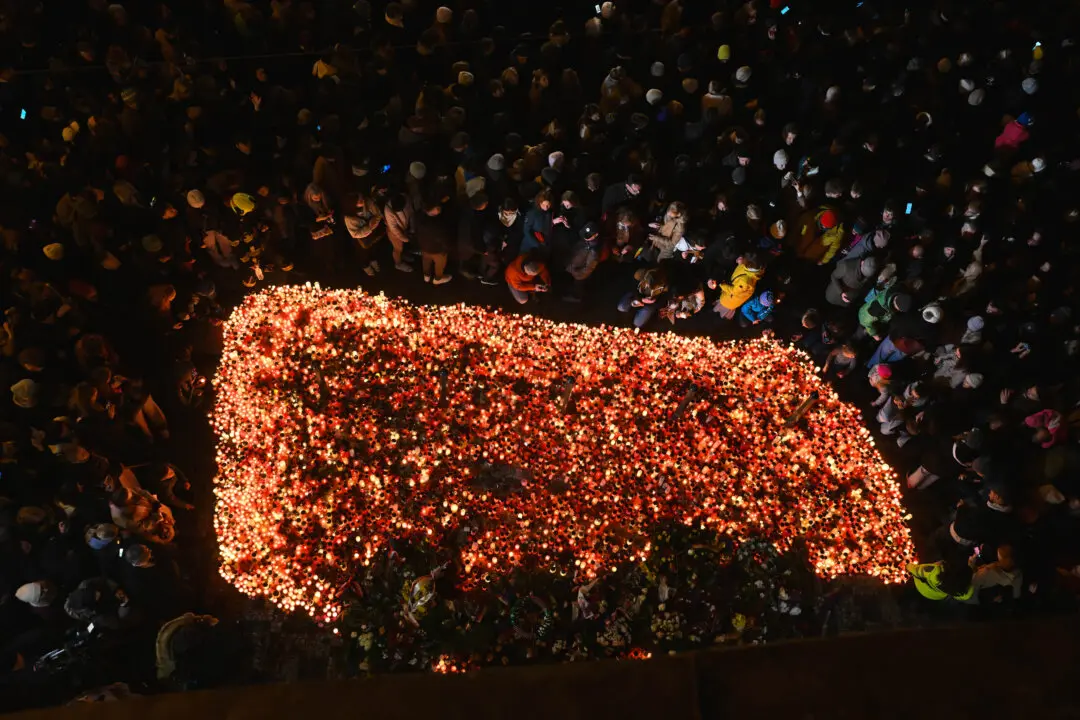Two clouds of primordial gas that formed nearly 12 billion years ago have been observed by analyzing distant quasars using the Keck I Telescope in Hawaii.
Their composition is in line with modern cosmological theory that only the lightest elements, namely helium and hydrogen, were created during the big bang.
After a few hundred million years, this primordial gas is thought to have clumped into the first stars, generating heavier elements referred to as “metals.”
“As hard as we’ve tried to find pristine material in the universe, we have failed until now,” study co-author J. Xavier Prochaska of the University of California (UC), Santa Cruz said in a press release. “This is the first time we’ve observed pristine gas uncontaminated by heavier elements from stars.”
Quasars are extremely luminous and remote celestial objects that may be associated with black holes.
“The lack of metals tells us this gas is pristine,” said first author Michele Fumagalli at UC Santa Cruz in the release. “It’s quite exciting, because it’s the first evidence that fully matches the composition of the primordial gas predicted by the Big Bang theory.”
The intense light from the quasars was spread into a spectrum of different wavelengths to determine which wavelengths were being absorbed by matter between the telescope and the nuclei.
“We can see absorption lines in the spectrum where the light was absorbed by the gas, and that allows us to measure the composition of the gas,” Fumagalli said.
Each element can be identified from dark lines in the spectra. Only hydrogen and its heavy isotope deuterium were observed.
“We don’t have any sensitivity to helium, but we would expect to see it if we did,” he noted. “We do have excellent sensitivity for carbon, oxygen, and silicon, and these elements are completely absent.”
Previously, the lowest abundances of metals in the universe were around one-thousandth of the sun’s “metallicity.”
“People had thought there was a ‘floor’ to metallicity, that nothing could be less than one-thousandth the solar enrichment. That’s because the metals produced in galaxies were so widely dispersed in the universe,” Fumagalli said. “So this was unexpected. It challenges our ideas about how metals are dispersed from the stars that produce them.”
The team estimated the metallacity of the pristine gas to be about one ten-thousandth that of the sun. In comparison, stars and gas with the highest metallicities are almost ten times as enriched as the sun.
“The metal abundance in different pockets of the universe covers a tremendous range,” Prochaska said. “So these findings place new constraints on our understanding of how metals are distributed throughout the universe.”
According to theoretical models of the universe, about 2 billion years after the big bang, galaxies grew by absorbing “cold flows” or massive streams of cold gas, although these have never actually been observed.
These two clouds could be cold flows. However, further research is needed to determine whether there are any galaxies associated with the clouds.
The paper was published in the journal Science on Nov. 10.







